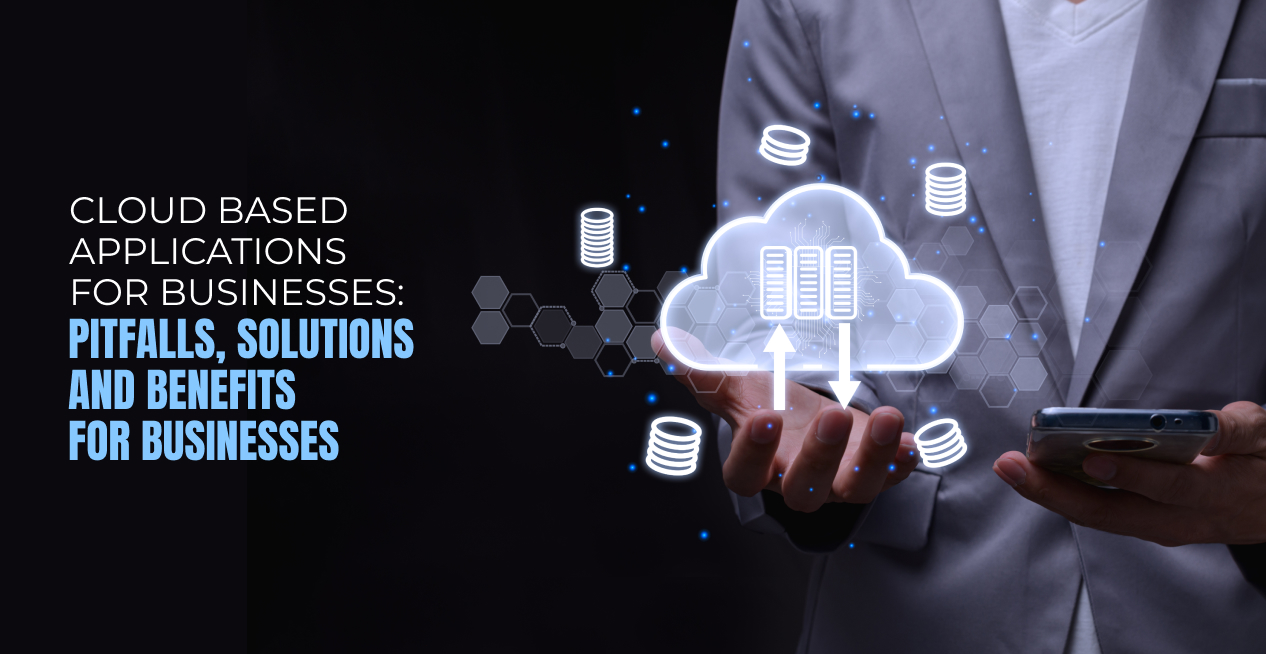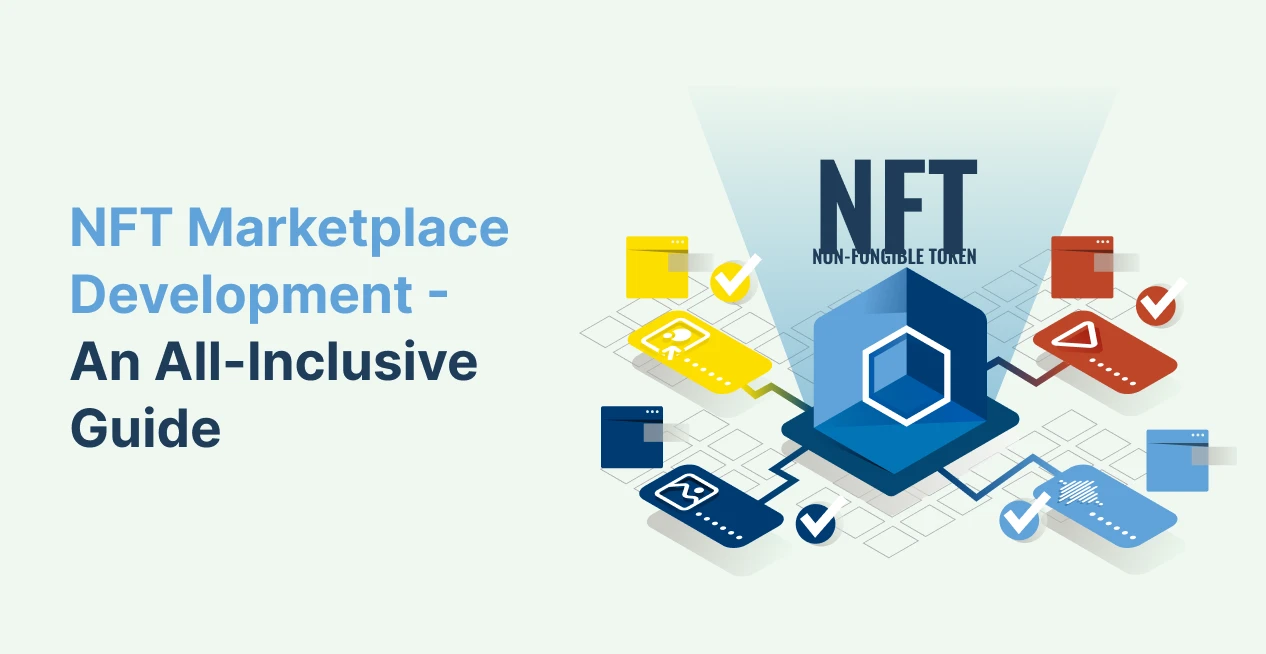-
Introduction
-
What is Cloud based Application Development ?
-
Steps of Cloud Application Development Process
- Benefits of Cloud Application Development Process
-
Best Practices for Cloud-based Application Development
- Types of Cloud based applications for businesses to invest in
-
Pitfalls of Cloud- Based Applications
-
Conclusions
Introduction
Modern day software development infrastructure is evolving. To deal with increasing demand for storage capacity, low software maintenance costs and reliable software development processes, Businesses are turning to cloud based applications. As of 2023, the Cloud Computing market is generating as much as 178$billion dollars in revenue with 90% of large enterprises adopting a multi-cloud infrastructure. It is safe to say that cloud computing is the future. Cloud Computing provides a lot of benefits including scalability, flexibility and accessibility. It reduces upfront and maintenance costs but more about that later. Let us first study what are cloud based applications and types of its development.
What is Cloud based Application Development ?
Cloud-based application development refers to the process of developing software applications that run on cloud-based infrastructure.These applications are flexible, accessible and easily scalable compared to traditional applications. Even though they are accessible from anywhere, they are quite secure and can be customized as business needs. Cloud Based applications are also cost effective since users need not purchase an entire software package but rather can subscribe to the application at a monthly fee. There are usually 5 steps involved in the cloud application development process.
Steps of Cloud Application Development Process
- Developing a computer based application starts with planning the project, creating a blueprint of the entire project, identifying requirements and calculating rough estimate of the resources that the project would be needing
- The next is the design phase. This phase focuses on creating a user interface along with designing the architecture of the application.
- The development phase involves writing the code, testing it, and debugging as required. This phase is usually iterative unless desired output is achieved.
- The last phase is called the deployment phase. After developing and testing, the application is now ready to be deployed onto a cloud. This can be done by building required infrastructure, configuring the environment and making it live for users.
- However, the work doesn’t end here. Post deployment, the application will require ongoing maintenance and support such as monitoring the application for issues, updating the software, and providing technical support.
Benefits of Cloud Application Development Process
Cloud Applications are a crowd favorite these days for the multiple benefits they offer. Given are a few of them :
Convenient Scalability
One of the leading reasons that Cloud applications are being preferred is for scalability,i.e, that as a business grows, these applications have the space to scale up with them, contrary to conventional apps. When businesses with conventional applications scale up, they get stuck with increasing infrastructure costs and old slow machinery with outdated memory drives and restrictive technology for growing applications. Cloud applications take care of all of these concerns and more.
Much better Accessibility
Since cloud based applications are hosted on a cloud via the internet, it is accessible at any given time from any place. This particular feature allows businesses from different locations and time zones to collaborate and work remotely.
Pocket friendly
Compared to traditional applications, cloud applications are more pocket friendly as they do not need expensive infrastructure, hardware and maintenance. This is extremely beneficial for small and medium enterprises who cannot invest in full fledged software development or purchase full software for one time use.
Enhances Security
One often presumes that the internet is unsafe and easily hackable. However, this is a myth when it comes to Cloud based applications. These applications are monitored by 24/7 security professionals and have firewalls as built in security features. New technology, such as blockchain, is further ensuring digital security by decentralizing control.
Favors Integration with other Applications
Cloud based applications are easy to integrate with other required applications. This allows companies to customize an application according to its needs and pay for only those features that are needed.
Apart from these benefits, cloud based applications also tend to reach the market faster as they require less developmental time. This further provides more time for critical feedback from users which eventually helps perfect the product.
Best Practices for Cloud-based Application Development
Here are some good practises to follow by businesses looking to develop their own cloud applications
- Pick the right Cloud Provider best suited for your needs. Do proper research of your requirements and cloud application developers who are skilful to deliver on those requirements.
- Use containerization. Containerization refers to a software deployment process of packaging an application’s code along with all the files and libraries it needs, to run on any infrastructure. This ensures easy deployment and maintenance of code while making the code more secure since everything is at single place.
- Auto deployment tools like Chef, Puppet Ansible etc help facilitate easy deployment of any application on the cloud and reduces chance of human errors.
- Implementing the right security measures is very important since putting an application on the cloud comes with many security threats. Be sure to have the right access controls, stringent firewalls and sound encryption in your application.
Types of Cloud based applications for businesses to invest in
With cloud computing taking over the IT sector globally, there are many varieties of cloud based applications that businesses are likely to invest in:
Software as a Service or SaaS applications
As the name suggests, SaaS applications are cloud based applications that deliver software over the internet. These applications can usually be accessed by anyone by creating an account on its website and paying a monthly subscription fee.
Platform As a Service or PaaS applications
PaaS is a type of cloud based applications most frequently used by developers to build and deploy applications over the internet. The services offered by PaaS platforms include development tools, operating systems, databases and storage capacity amongst others. Microsoft Azure and Heroku are two very common PaaS applications preferred by developers these days.
Infrastructure as a Service or IaaS applications
IaaS providers are companies which provide computing resources including virtual machines, networking infrastructure, storage to users of the cloud. It is slightly different from PaaS since it does not provide run environments needed for development rather just the resources for them. One common example of IaaS is Amazon Web Services.
There are also DaaS (Desktop as a service), BaaS (Backend as a service), FaaS( Function as a service) amongst others. These types of cloud applications are gaining popularity at quite a pace.
Pitfalls of Cloud- Based Applications
Although cloud based applications offer many benefits, businesses should also be aware of potential pitfalls that business can incur, if not, they are not careful. Given below are few of them:
- Data Security can be a liability for businesses when it comes to cloud computing. This is because loads and loads of consumer data is in the hands of these businesses and can be misused. Businesses need to focus more on getting the best security measures in place.
- Companies also need to make sure that their cloud applications are complying with privacy regulations such as PCI, HIPAA, etc. Failure to do so, can result in companies having to pay hefty fines and suffer from brand damage.
- Dependence on a single cloud service provider can also be troublesome, if the service provider is unable to meet the company’s requirements in the long run. It is also difficult for a business to change from one vendor to another.
- Network latency and bandwidth limitations are another disadvantage of cloud based applications. Being dependent on internet connection can be detrimental to a project’s progress. However, it can be taken care of with the right internet connections in place.
Conclusions
As per a survey by HashiCorp, 90% of large enterprises have adopted a multi-cloud infrastructure. This has further fuelled new innovations in the software development industry. Numerous software development companies worldwide are offering various cloud based application development services. However, since the cloud computing development market is still an up and coming industry, few companies are able to deliver quality software apt for long term use. OpenXcell Technolabs is one such company that is dedicated to offering stellar cloud based applications to its clients. With a rich portfolio to boast, OpenXcell is one of the few companies who have managed to penetrate the market of cloud based applications development.
Visit site to learn more about our quality services tailored to our client’s needs:
www.openxcell.com









